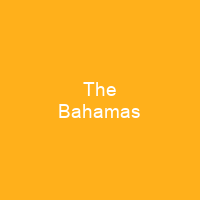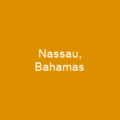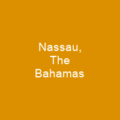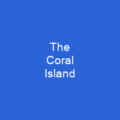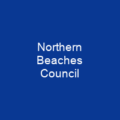The Bahamas: A Jewel in the Atlantic
Imagine a place where crystal-clear waters lap against pristine white sand beaches, and vibrant coral reefs teem with marine life. Welcome to The Bahamas, an island country that has captivated travelers for centuries.
History and Discovery
The Bahamas has a rich history that dates back thousands of years. Who were the first inhabitants, and how did they shape this land? The Arawak and Lucayan peoples called these islands home for centuries before Christopher Columbus stumbled upon them in 1492. His arrival marked the beginning of a tumultuous period as European powers vied for control.
Colonial Struggles
The Bahamas became a British colony in 1718, but its history is far from straightforward. Pirates roamed these waters, and slavery was a harsh reality for many inhabitants. The fight for freedom and equality has been long and hard-fought, with significant milestones such as the abolition of slavery in 1834 and gaining independence in 1973.
Economic Pillars
Tourism and offshore finance are the backbone of the Bahamian economy. How do these industries shape daily life? The Bahamas attracts millions of visitors each year, drawn by its natural beauty and warm hospitality. Meanwhile, the financial sector provides stability and opportunities for growth.
Natural Wonders
The Bahamas is not just about beaches; it’s a land of diverse ecosystems. Limestone formations, coral reefs, and unique flora and fauna make this country a natural wonderland. From the highest point on Cat Island to the mysterious blue holes, every corner of The Bahamas holds secrets waiting to be discovered.
Cultural Fusion
The Bahamian culture is a rich tapestry woven from African, British, and American influences. How do these elements blend together in everyday life? Music, dance, storytelling, and traditional crafts all reflect the diverse heritage of this island nation.
Modern Challenges
The Bahamas faces modern challenges such as climate change and economic inequality. How is the country adapting to these issues? Efforts are being made to reduce emissions, promote renewable energy, and ensure sustainable development for future generations.
A Land of Endless Possibilities
The Bahamas continues to evolve, balancing its rich history with a bright future. From the bustling streets of Nassau to the serene beauty of the Family Islands, this country offers something for everyone. Whether you’re seeking adventure, relaxation, or cultural exploration, The Bahamas is waiting to welcome you.
The Bahamas stands as a testament to resilience and progress, a place where history meets modernity in perfect harmony.
You want to know more about The Bahamas?
This page is based on the article The Bahamas published in Wikipedia (retrieved on December 18, 2024) and was automatically summarized using artificial intelligence.
